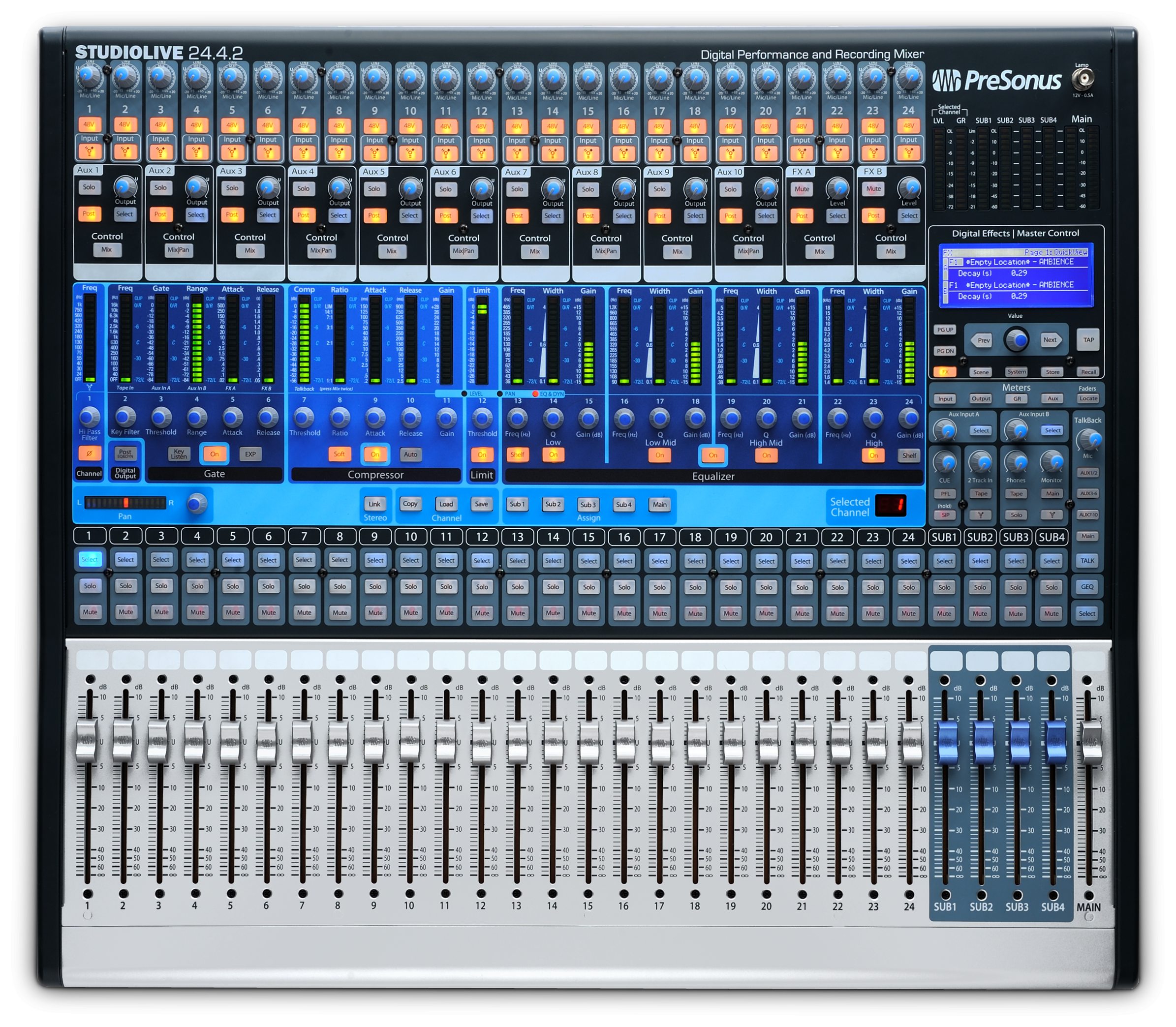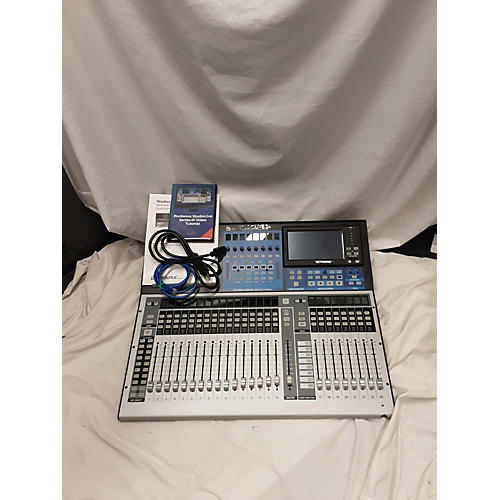


As Analog Input 1 is already patched to Channel 1, simply patch it to Channel 2.Ī popular parallel technique is processing one channel for sustain and big bottom-end, and another for attack and punch. For our example, we’ll patch the kick drum mic connected to Analog Input 1 on a StudioLive 32 touch screen to Channels 1 and 2, as shown in Fig. To begin, patch your kick drum to two channels. 1: Patching made easy, via touch screenĪ common parallel processing application is kick drum. “Mult” splits in an analog patchbay allow patching a single audio source to multiple destinations simultaneously for parallel processing for tweaking the same source two different ways and then blending them into a new sound.įig. This feature also allows you to freely route audio to your AVB network and record anything you’d like via USB, so you’re no longer limited to recording just the 32 input channels and the main mix.

This lets users patch any analog input or digital return (AVB, USB, or SD) to any channel and customize their mix configuration.ĭigital patching is built into the 7-inch touch screen and UC Surface for both StudioLive Series III console and rackmount mixers, and provide a detailed overview of what sources feed each channel. With the release of firmware v1.7, StudioLive Series III mixers incorporate the concept of an analog patch bay in digital form. Their purpose is simple: to get audio wherever you want it, whenever you need it, without tracing cables under consoles, through floorboards, and up into the back of audio racks. Walk into any pro studio or large live sound install, and you’ll probably find a rack of analog patchbays. Taking Digital Patching Beyond Just Routing


 0 kommentar(er)
0 kommentar(er)
